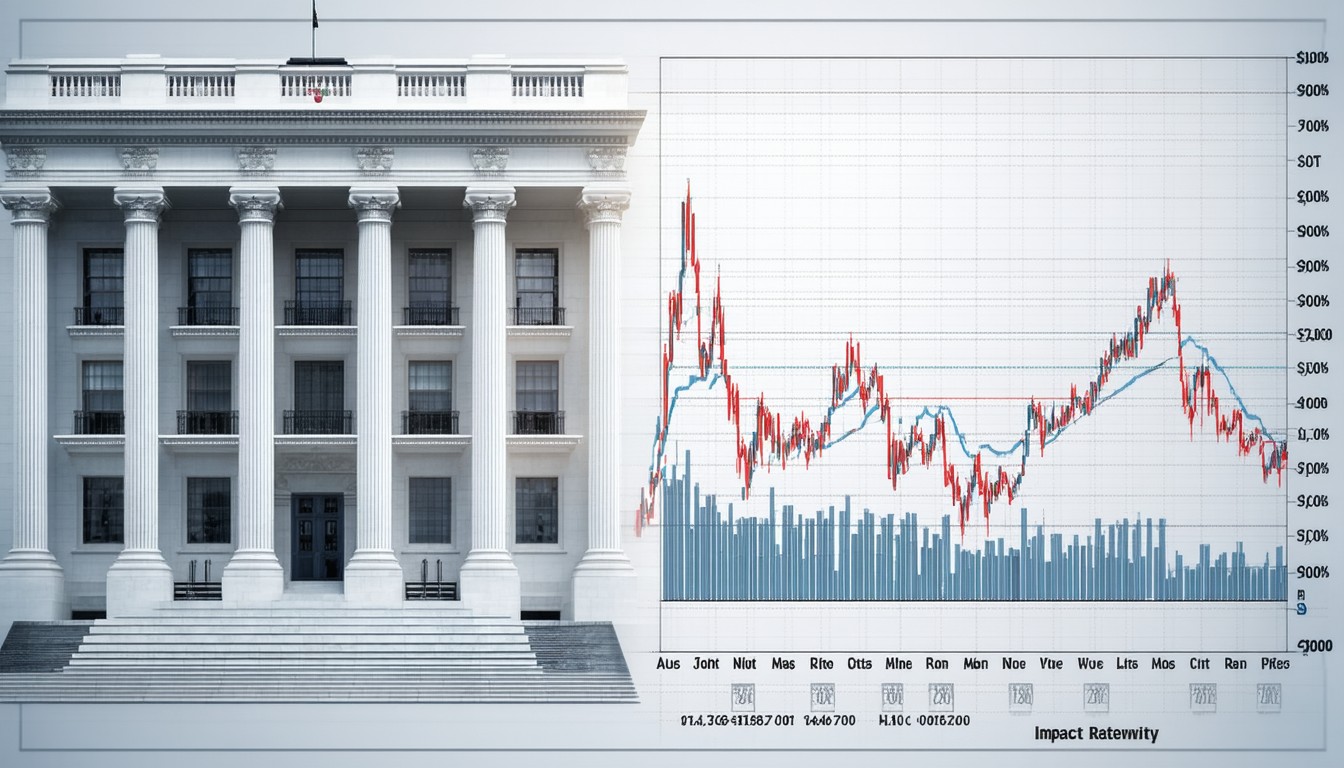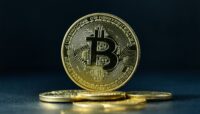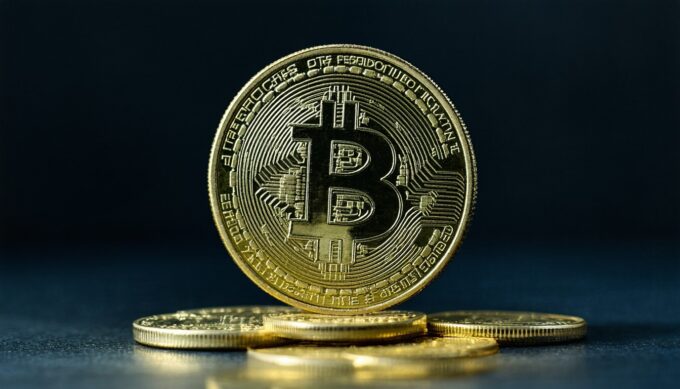When the Federal Reserve announces a rate cut, the ripple effects extend far beyond policy circles in Washington. These decisions impact everything from Wall Street’s trading floors to homeowners considering a new mortgage. Interest rate changes—particularly rate cuts—act as powerful levers in the U.S. economic engine, influencing financial markets, the cost of borrowing, and the pace of growth nationwide. Grasping the logic and impact of Fed rate cuts is critical for investors, business owners, and everyday consumers navigating an uncertain economic landscape.
The Mechanics of a Fed Rate Cut
A Fed rate cut refers specifically to a reduction in the federal funds rate, which is the interest rate at which depository institutions lend balances to each other overnight. The Federal Open Market Committee (FOMC), the monetary policymaking body of the Fed, uses this tool to guide overall economic conditions.
When economic growth slows or risks such as recession loom, the Fed may cut rates to make borrowing more affordable. This, in theory, spurs investment, incentivizes consumer spending, and supports job creation.
Why the Fed Lowers Rates
Several economic signals can trigger a rate cut:
- Weakening economic indicators (e.g., slowing GDP, rising unemployment)
- Low inflation or deflation concerns
- External shocks (such as global conflicts, pandemics, or financial crises)
- Market volatility threatening economic stability
A classic example is the Fed’s response during the 2008 financial crisis, when rates were slashed aggressively to near-zero to restore liquidity and confidence.
Impact on Financial Markets
A Fed rate cut often acts as a jolt for financial markets—but not always in predictable ways. Immediate reactions can differ dramatically based on investor expectations and the broader macroeconomic environment.
Stock Markets: A Typical Rally, with Caveats
Equity markets generally respond positively to rate cuts. Lower rates reduce borrowing costs for companies, support profit margins, and can make stocks comparatively more attractive than bonds.
However, context is key. If a rate cut signals deep economic trouble, stock rallies may be short-lived or even absent. In 2019, for example, the Fed’s shift towards easier policy initially boosted the S&P 500, but trade tensions and growth worries tempered enthusiasm. During the heat of the COVID-19 crisis in March 2020, emergency rate cuts provided little initial support for stocks until broader fiscal measures reinforced stability.
“When central banks lower interest rates, it typically provides a tailwind for risk assets. But if those cuts come in response to a crisis, markets may remain cautious until they see signs of recovery,” notes Jane Foley, senior FX strategist at Rabobank.
Bond Markets and Yield Curves
For fixed income investors, a rate cut means falling yields—especially at the short end of the curve. This boosts existing bond prices but compresses new yield opportunities. Additionally, persistent rate cuts can lead to flatter or even inverted yield curves, a pattern watched closely as a potential recession signal.
Currency Effects
Lower rates tend to weaken the U.S. dollar, as global investors seek higher returns elsewhere. This can help U.S.-based exporters by making their goods cheaper abroad, but it may also increase import costs.
Borrowing Costs and Household Finances
Arguably the most direct impact of a Fed rate cut is felt in the interest rates consumers and businesses pay on loans.
Mortgages, Auto Loans, and Credit Cards
- Adjustable-rate mortgages (ARMs): These often see rate reductions soon after a Fed action, lowering monthly payments for some homeowners.
- Fixed-rate mortgages: While influenced more by longer-term bond yields, significant Fed cuts can pull these rates down as well, stimulating the housing market.
- Credit cards and personal loans: Rates tied to the prime lending rate typically decrease quickly, easing the debt burden for consumers.
For example, after the Fed’s cuts in early 2020, mortgage rates in the U.S. slid to multi-decade lows, fueling a refinancing boom even amidst economic uncertainty.

Business Lending and Investment
Businesses benefit from reduced interest on new and existing loans, enabling investments in equipment, expansion, or workforce. However, if overall demand is weak, the incentive to borrow—even at low rates—may be muted.
Economic Growth: The Broader Cycle
At its core, a Fed rate cut is designed to nudge economic growth upward. By lowering the cost of borrowing, monetary policymakers aim to:
- Boost consumer and business confidence
- Increase spending on big-ticket items (homes, cars, equipment)
- Encourage risk-taking and entrepreneurship
But monetary policy is not a cure-all. If external shocks, like supply chain disruptions or geopolitical crises, overwhelm underlying demand, rate cuts alone may not deliver the desired effect. Furthermore, persistent easy money can have side effects, such as asset bubbles and increased leverage.
Historical Perspective
During the early 2000s, sustained rate cuts after the dot-com crash and the September 11 attacks supported a housing boom and broader recovery. Conversely, the ultra-low rates following the 2008 crisis prompted years of expansion but have also come under scrutiny for encouraging excessive risk-taking in some asset markets.
Beyond the U.S., similar policies have been seen globally—from the European Central Bank’s negative rates to historically low rates in Japan—each with mixed outcomes depending on context and complementary fiscal policies.
Strategic Implications for Investors and Policymakers
Understanding the impact of Fed rate cuts requires nuance. For investors, assessing broader economic signals alongside monetary policy is key to making informed decisions. For businesses and consumers, timing new loans or refinancing to align with rate policy shifts can result in substantial savings.
Policymakers, meanwhile, must balance the risk of acting too late against the dangers of overstimulating the economy. The effectiveness of rate cuts increasingly depends on factors beyond simple interest costs—such as confidence, global conditions, and fiscal support.
Conclusion
A Fed rate cut is more than a technical adjustment to borrowing costs. It’s a signal—of concern, of intent, or of strategic economic stewardship. While the immediate effects can be measured in stock rallies, bond yields, and lower mortgage rates, the broader consequences play out over months and years, shaping the trajectory of economic growth, stability, and opportunity.
To navigate the impact of future Fed moves, a holistic view is essential—one that considers not just the rate change itself, but the context and confidence that accompany it.
FAQs
What triggers a Fed rate cut?
Fed rate cuts are usually prompted by signs of weakening economic growth, rising unemployment, low inflation, or external shocks that threaten economic stability.
How soon do consumers see lower rates after a Fed cut?
Some consumer rates, like those on variable-rate credit cards and ARMs, may drop within weeks. Others, such as fixed mortgage rates, depend on broader bond market reactions and can take longer to adjust.
Are rate cuts always good for the stock market?
Not invariably. While rate cuts often lead to short-term rallies, their impact depends heavily on the economic circumstances and investor expectations at the time.
How do rate cuts affect the U.S. dollar?
Lower rates generally make U.S. assets less attractive to international investors, which can weaken the dollar. This may benefit U.S. exporters but raise the cost of imported goods.
Do lower rates guarantee economic growth?
No. While they make borrowing cheaper and can encourage spending and investment, other factors—like consumer confidence and global events—also play critical roles.
Can rates go much below zero?
While several central banks have experimented with negative rates, the Fed has so far avoided this policy due to potential risks and uncertain effectiveness in the U.S. context.








Leave a comment